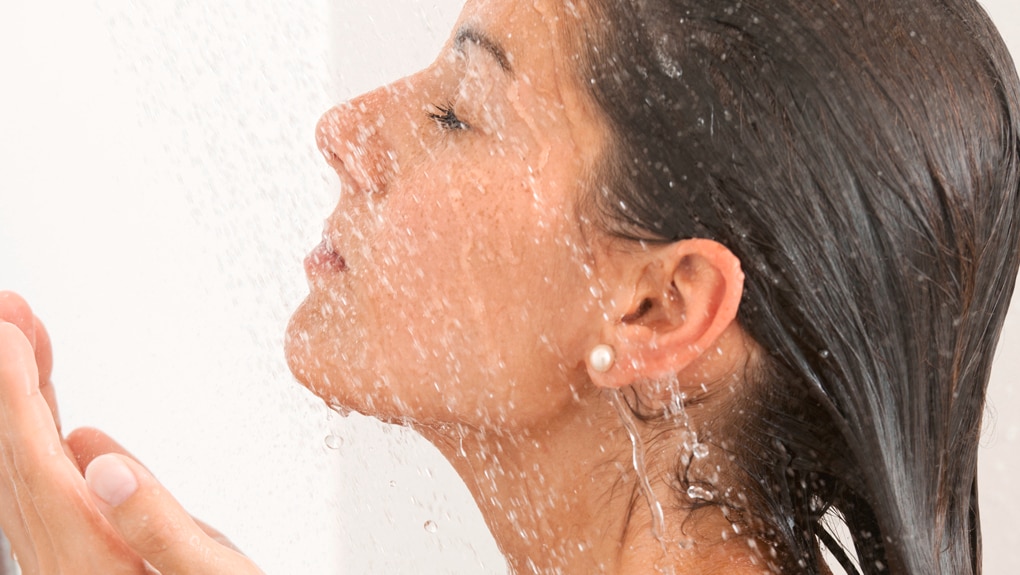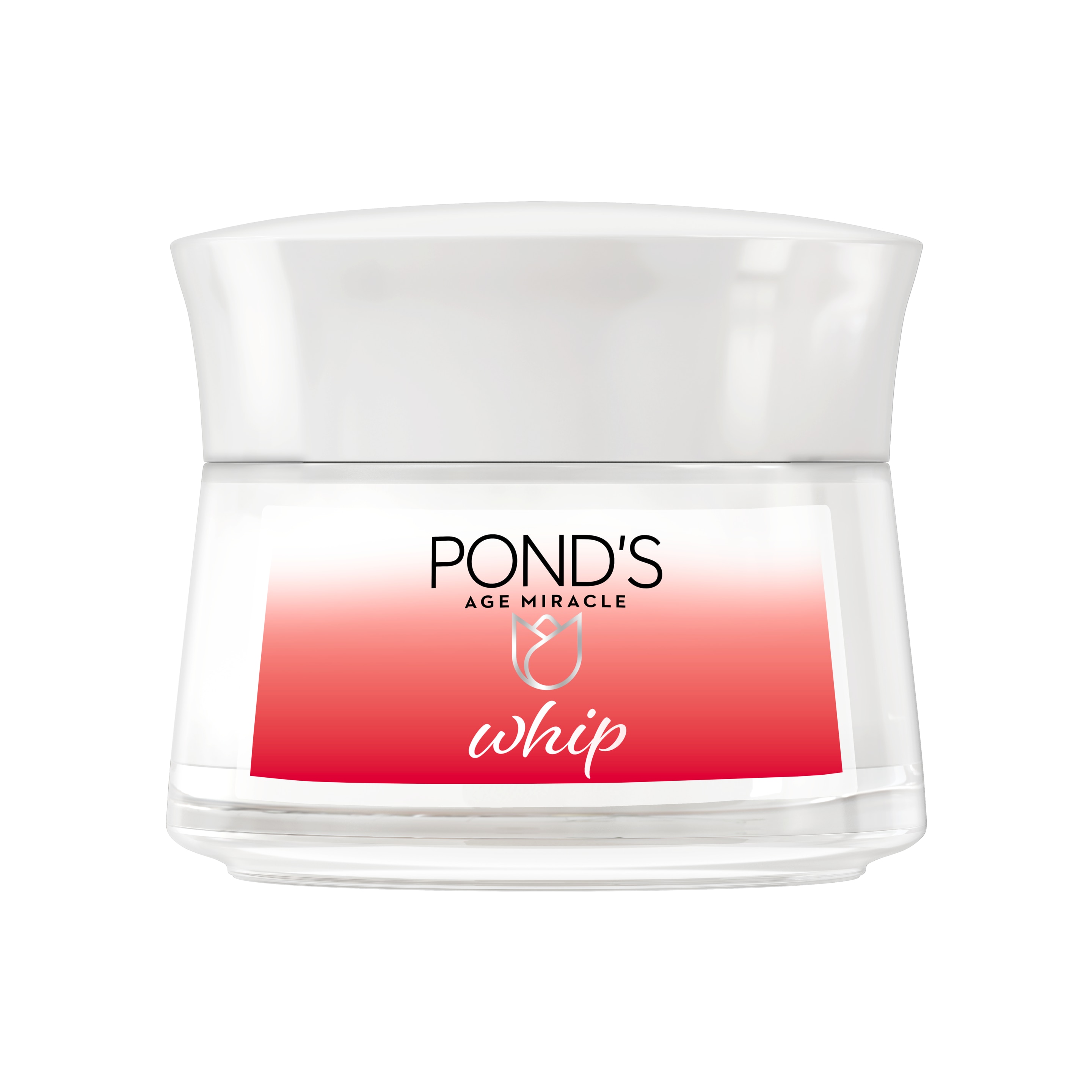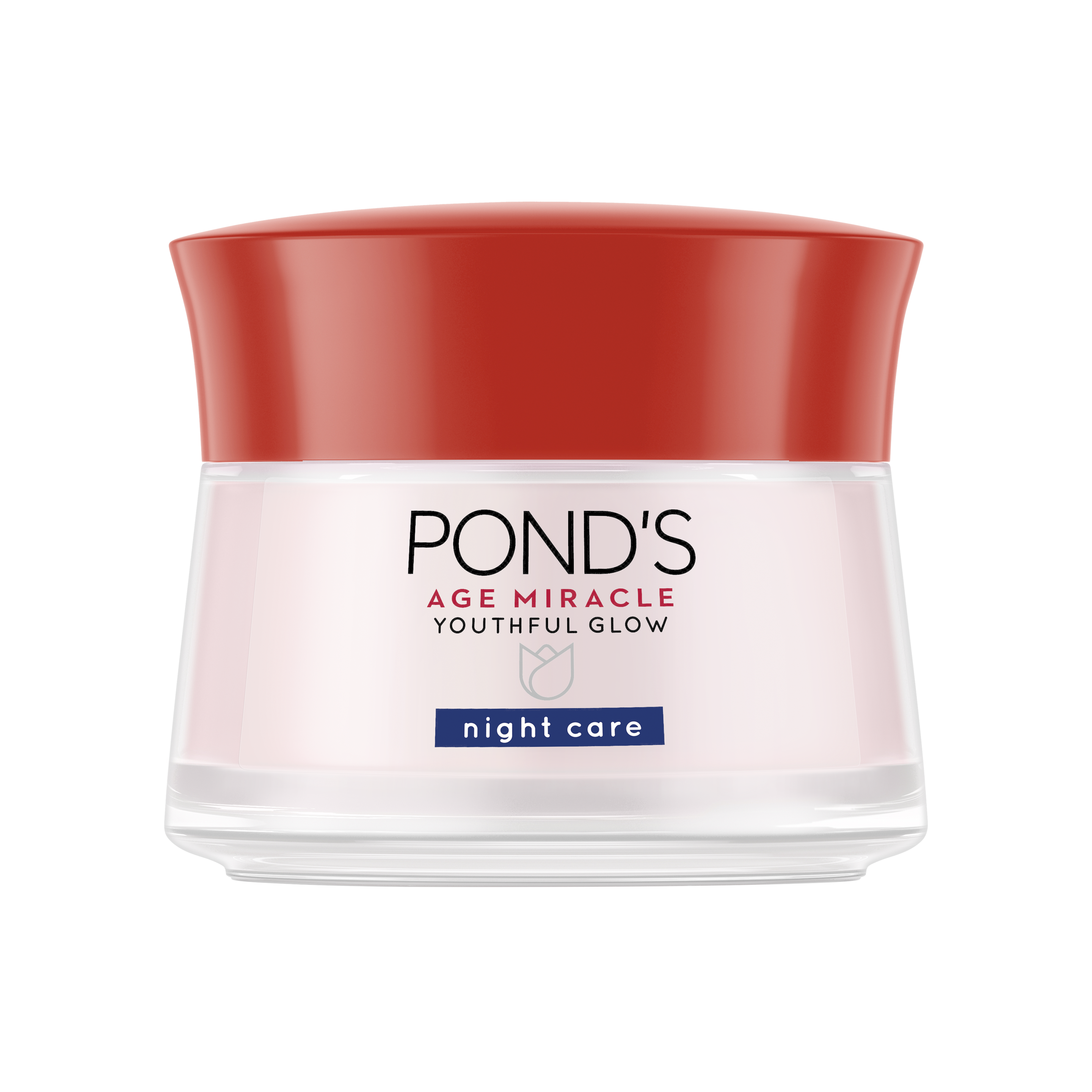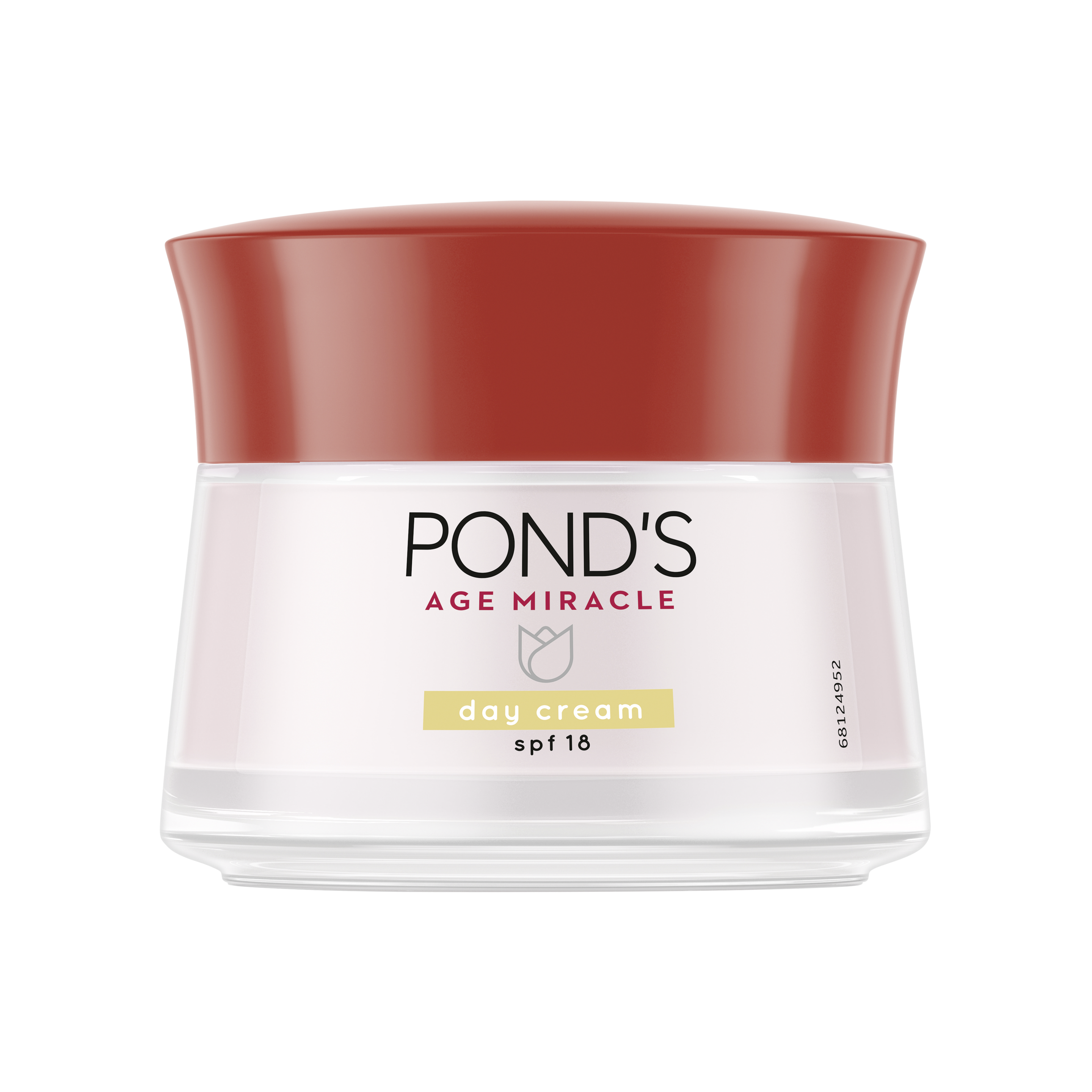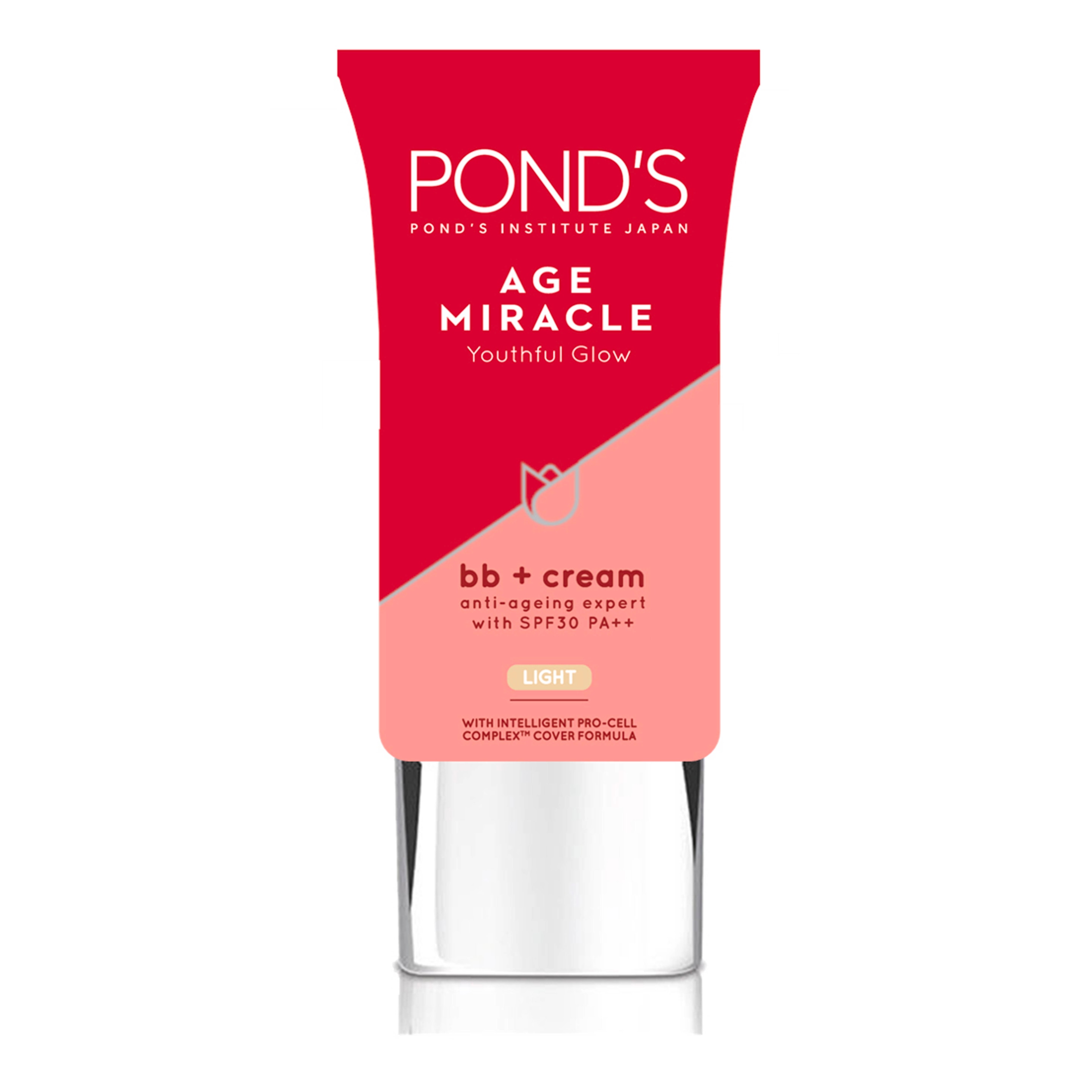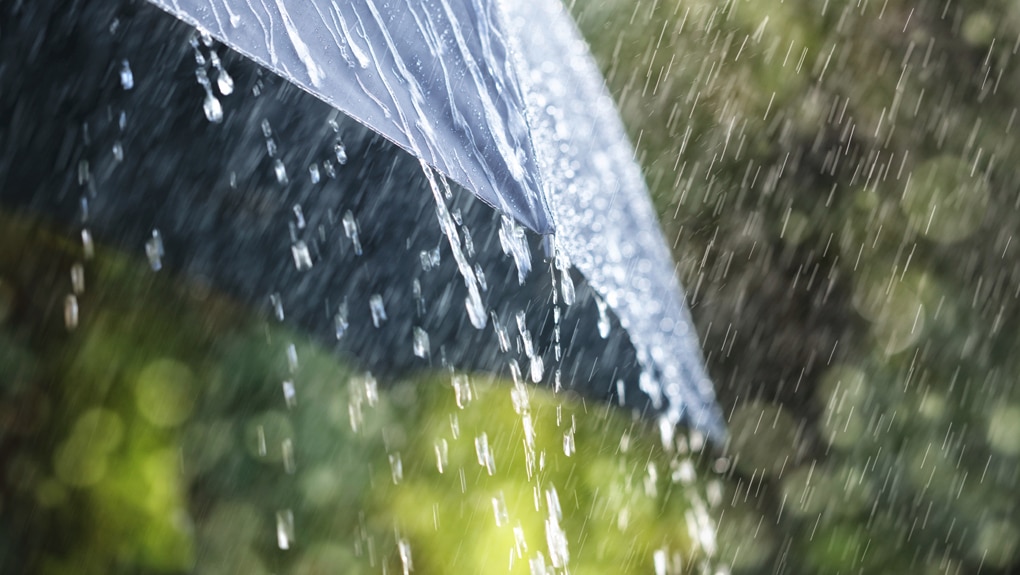Is your shower giving you acne?
There are dirty things lurking in your bathroom…
In Anti-aging
A warm shower at the end of the day is a relaxing event. It’s a time to unwind and forget about the stresses of the day.
But this cleansing ritual may contribute to your acne. Here’s how.
You have slimy showerheads
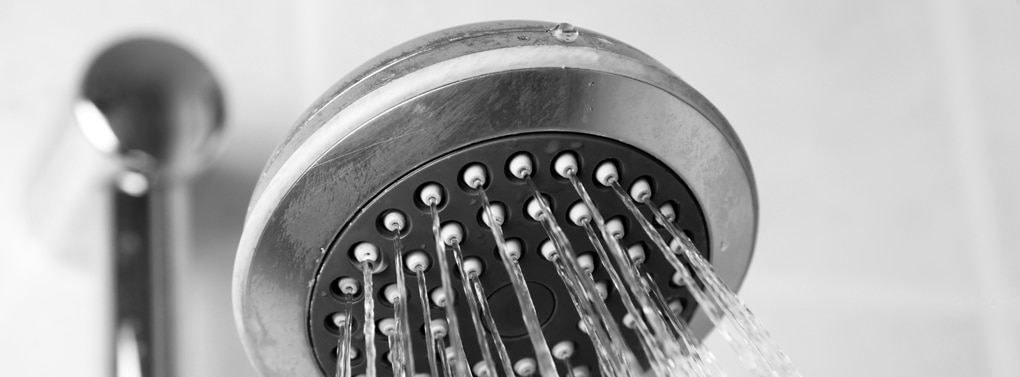
When’s the last time you cleaned your showerhead? If the answer is never, then start now. If you look carefully at your showerhead, you might notice some slime and mold. If you unscrew the face of the showerhead, you might be in for a shock as you’ll probably find more of it. Bacteria breeds in your showerhead, running onto your skin when you step in for your shower. This bacteria could be messing up your skin. Clean that showerhead at least once a week. Alternatively, if you own a plastic showerhead, consider switching it for a metal one, as bacteria is less prone to growing on metal.
There’s something in the water…
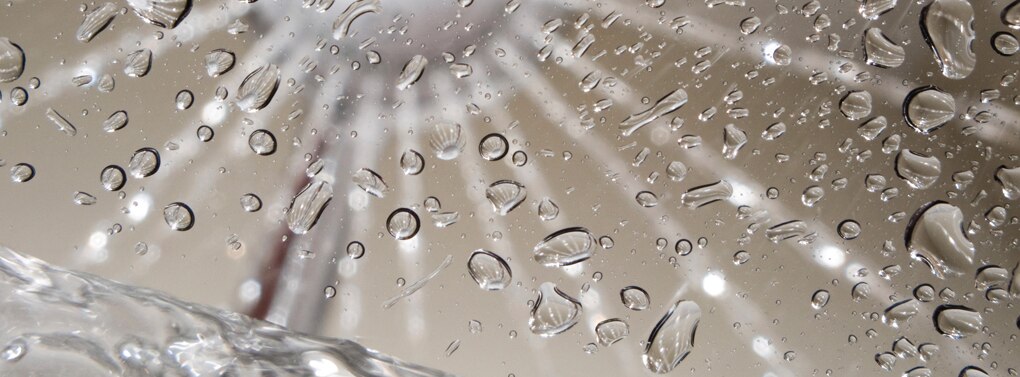
Did you know that there is “hard” and “soft” water? Many cities have hard water, which has a high mineral content because of over-processing or pollutants and debris from the environment, which could irritate and inflame your skin, leaving it more susceptible to breakouts. Soft water in contrast has been treated with sodium ions, leaving it with low levels of impurities, minerals, and ions. A good way to judge if you’re bathing with hard or soft water is to put them to the soap lathering test: it’s easier to get a good, sudsy lather with soft water than it is with hard water.
If you suspect the cause of your acne is the water, get a shower filter or save a jug of boiled water, which has been cooled down, especially for facial cleansing. Boiling water dissolves ions, softening hard water.
…and it might be the heat
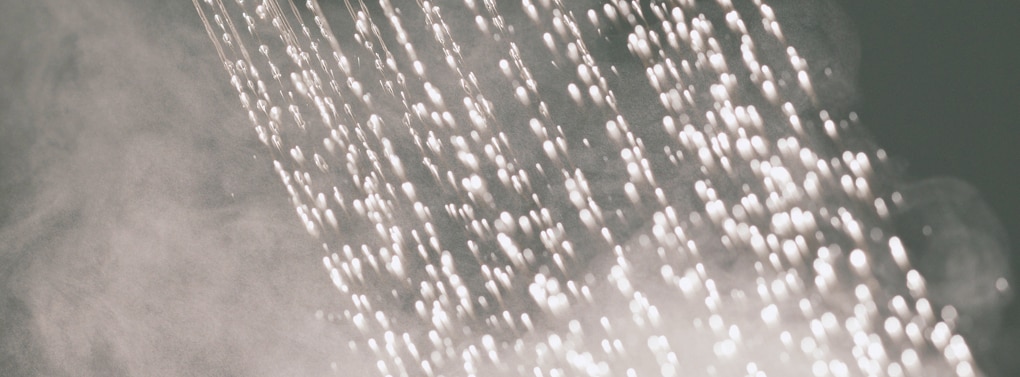
Hot showers dry out your skin by stripping its oil barriers. This in turn leads to your body overproducing sebum to try and compensate for it. The best is to opt for lukewarm water, from 37 to 40 degrees C, and apply moisturizer immediately after you’re done with your shower, to prevent moisture loss.
Take a look at your towels
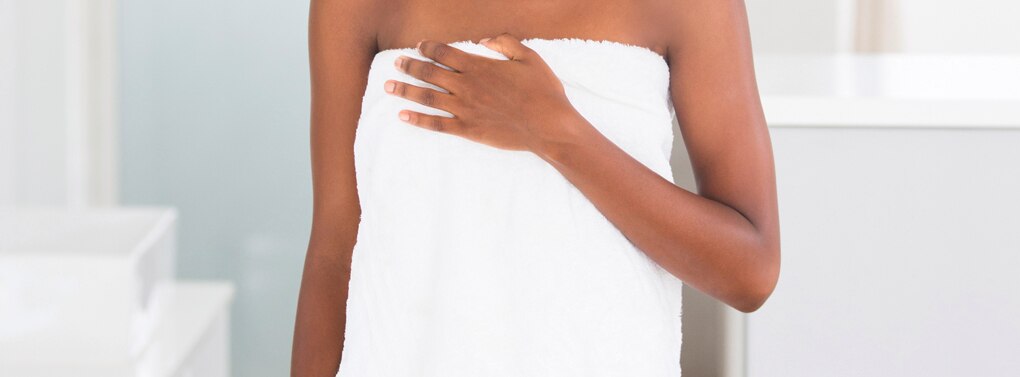
Laundry might not always be our priority, but using dirty towels will introduce accumulated dirt and bacteria to your pores. Experts recommend washing your towels after three uses, so if you’re not meeting that quota, fix it stat.
As an added tip, when you’re wiping your face, don’t scrub too hard, as the rough texture of a towel could aggravate and inflame existing acne. Pat your face gently instead. You could even spring for softer, organic towels, which don’t contain chemicals and are gentler on the skin.
GREAT SOLUTIONS FOR YOUNGER-LOOKING SKIN
- slide 1
- slide 2
- slide 3
- slide 4

